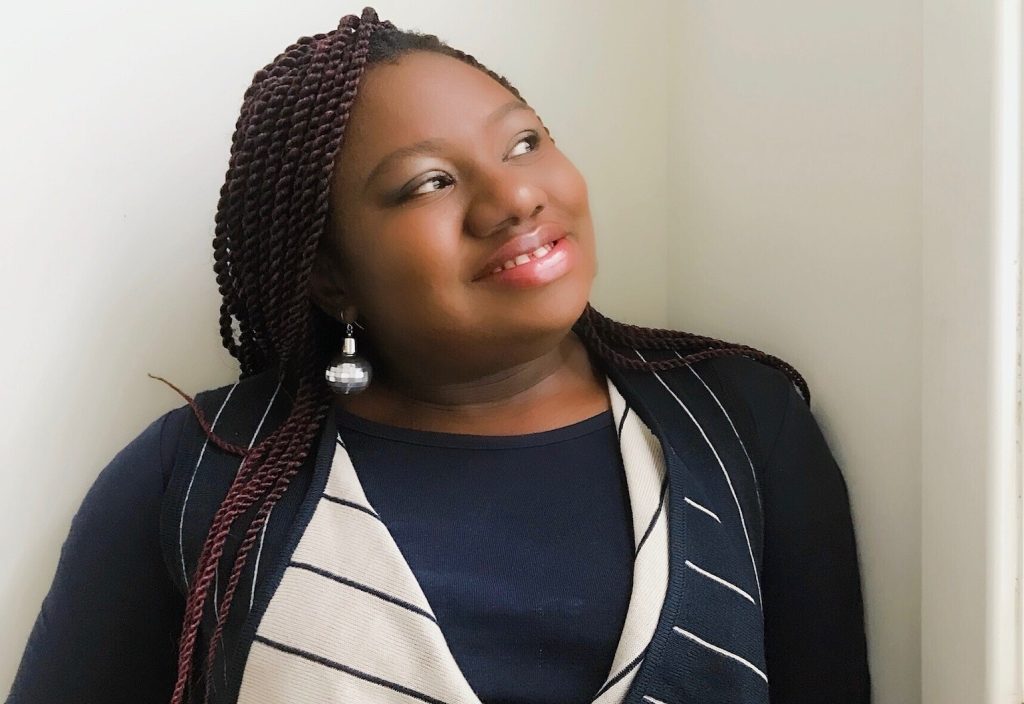Biofuels researcher Dr Morley Muse is making brilliant technology with her work turning wastewater into energy. She’s also a passionate advocate for Women in STEM.
Her PhD research focused on breaking down microalgae from wastewater using enzymes and bacteria, producing biogas and electricity through anaerobic digestion in the process.
Muse is now investigating the production of hydrogen from biogas obtained through anaerobic digestion, as well as directly from wastewater systems.
Muse grew up in southern Nigeria, a part of the world known for its crude oil production. It was there, on a science excursion to an oil company in the Niger Delta as a 14-year-old, that she found her passion for renewables.
The students were taught about oil spills and invited to think creatively about ways to solve the problem.
“I’ve seen first-hand the adverse effects of oil spillage,” Muse says. “That’s really what worried me, and that led me to start looking into alternative forms of energy.”
Muse, a chemical and environmental engineer, found a way to break down the tough cell walls of the algae using enzymes and bacteria. This increased volatile fatty acid production by more than 70 per cent, further increasing biogas production and creating a power source from wastewater.
“I’m one of those people that if there’s a problem, I try to fix it,” Muse says. “If I can’t fix it, I don’t talk about it.”
Career change
This is an approach Muse has also taken to boost the representation of women in engineering. She sits on the board of Women in STEMM Australia and was an ambassador for CSIRO’s Innovation Catalyst Global program, working to connect female STEM academics to industry partners.
But her biggest leap came after she read a 2020 report into Australia’s STEM workforce from the Office of the Chief Scientist.
“When I saw those statistics, I thought that it would have been a state of emergency, considering the current STEM skills shortage,” she says.
The report found only 29 per cent of the university-qualified STEM workforce and 15 per cent of employed university-qualified engineers were women.
“What was more interesting was that 56 per cent of university-qualified females in STEM in Australia are Australian women born overseas,” Muse says.
“But they experienced over four times higher unemployment. I thought that was a fundamental problem.”
Shocked by the research, Muse quit her job. She connected with data scientist Dr Ruwangi Fernando and together they founded iSTEM Co. It’s a research, consulting and talent-sourcing company that facilitates employment for women, including women of colour and women from culturally and linguistically diverse backgrounds.
With a database of more than 10,000 women, iSTEM Co. is launching a “tryout to recruit” program that will place women in companies for six weeks, 12 weeks or six months. “Afterwards, if you like them, you keep them,” Muse says.
“We are actually building a new platform to facilitate this and enable employers to easily and readily find women in the STEM workforce.”
Women in the program will also receive mentoring for up to a year.
Muse sees big opportunities for Australian engineers in the future and believes Australia can be a leader in co-generation strategies and renewable energy.
“We are a very strong economy in the Asia region, so we can quickly become the alternative energy giant if we embrace this,” she says.
Enjoying reading create digital? Take our readership survey and share your views.
